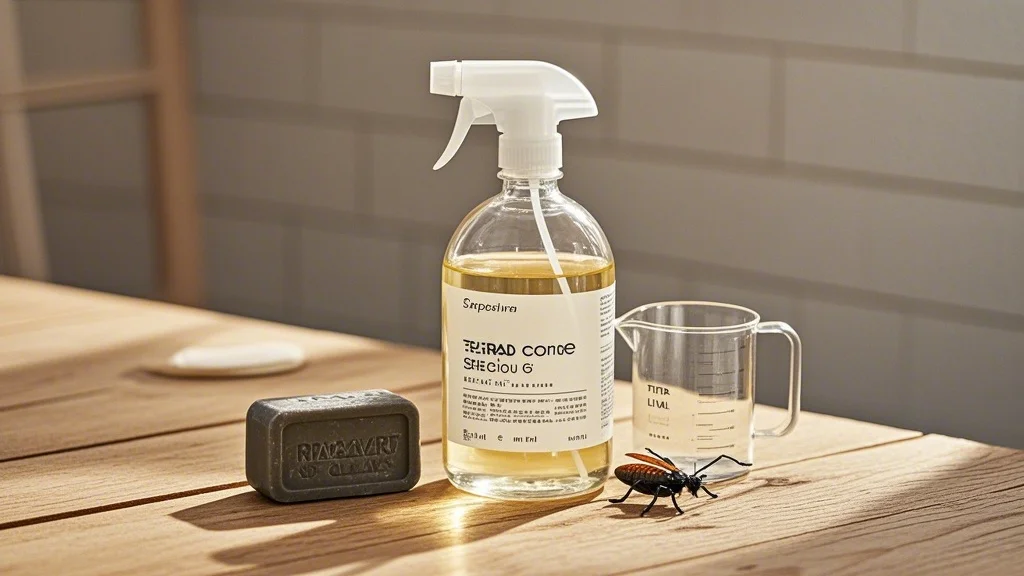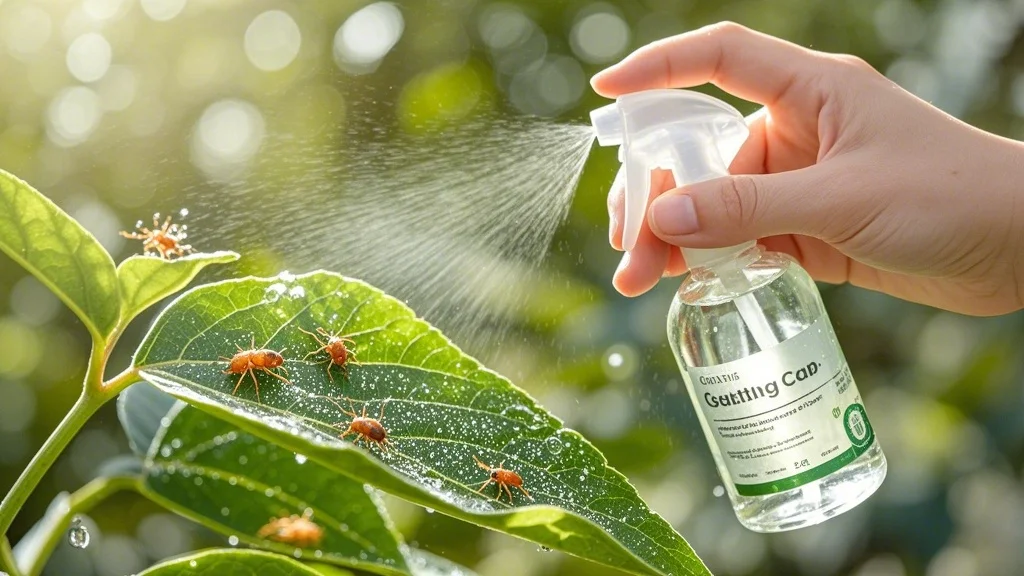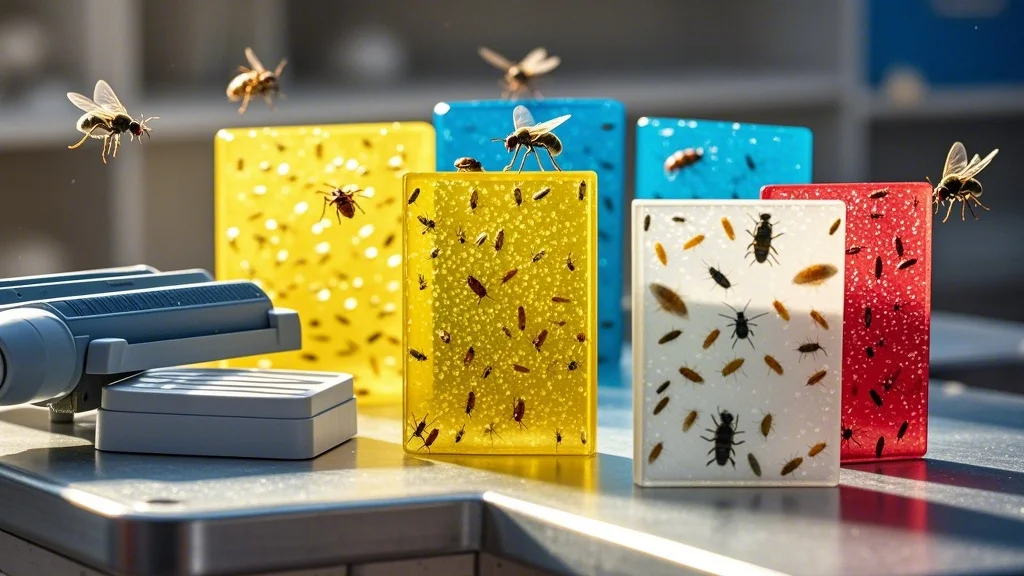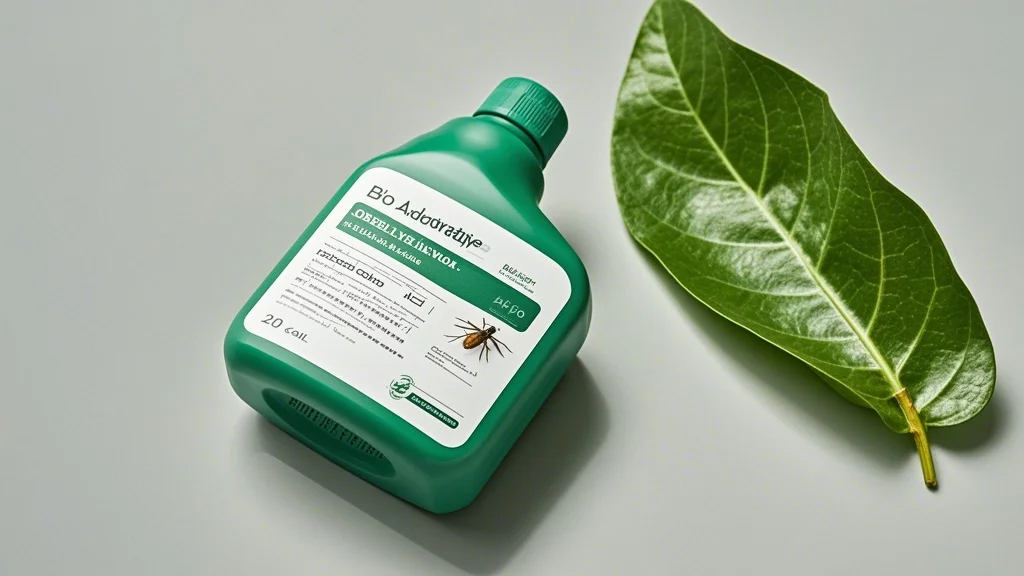For urban gardeners and houseplant enthusiasts, maintaining healthy plants can be challenging, especially when it comes to pest control. Insecticidal soap offers an eco-friendly and effective solution for managing soft-bodied pests without resorting to harsh chemicals. This comprehensive guide will walk you through everything you need to know about using insecticidal soap to keep your indoor garden thriving.
Contents
What is Insecticidal Soap?
Insecticidal soap is a gentle yet potent pest control solution made from potassium salts of fatty acids. Unlike chemical pesticides, it works by physically disrupting the cell membranes of soft-bodied insects, causing them to dehydrate and die. This natural approach is safe for most plants and beneficial insects when used correctly.
Benefits of Insecticidal Soap:
- Eco-friendly and biodegradable
- Safe for use around humans and pets
- Doesn’t leave harmful residues on plants
- Effective against a wide range of soft-bodied pests
- Minimal impact on beneficial insects when used as directed
Target Pests
Insecticidal soap is particularly effective against:
- Aphids
- Mealybugs
- Spider mites
- Whiteflies
- Thrips
- Scale insects (in the crawler stage)
- Psyllids
- Leafhoppers
It’s important to note that insecticidal soap is less effective against hard-bodied insects like beetles or caterpillars.
Making Your Own Insecticidal Soap

While commercial insecticidal soaps are readily available, you can also make your own at home. Here’s a simple recipe:
Ingredients:
- 1 tablespoon of pure liquid soap (such as castile soap)
- 1 quart (4 cups) of water
- Optional: 1 tablespoon of vegetable oil (for added effectiveness)
Instructions:
- Mix the liquid soap with water in a clean spray bottle.
- If using, add the vegetable oil and shake well to combine.
- Always shake the mixture before each use to ensure proper distribution of ingredients.
Note: Avoid using dish soaps or detergents, as these can harm your plants. Stick to pure, additive-free liquid soaps for the best results.
Applying Insecticidal Soap

Proper application is crucial for the effectiveness and safety of insecticidal soap treatments. Follow these steps for best results:
1. Timing
Apply insecticidal soap early in the morning or late in the evening when temperatures are cooler. This reduces the risk of leaf burn and allows the solution to remain in contact with pests longer before evaporating.
2. Plant Preparation
Before applying the soap, water your plants thoroughly. Well-hydrated plants are less likely to experience stress from the treatment.
3. Test Application
Always test the insecticidal soap on a small area of the plant first. Wait 24 hours to ensure there’s no adverse reaction before treating the entire plant.
4. Coverage
Spray the insecticidal soap solution directly on the pests, ensuring thorough coverage of both the upper and lower leaf surfaces, as well as stems where pests might hide.
5. Reapplication
For heavy infestations, you may need to reapply the solution every 4-7 days. Continue treatment until the pest problem is resolved.
6. Rinsing
After the treatment has dried, rinse the plants with clean water to remove any soap residue. This step helps prevent leaf burn and keeps the plant’s pores clear for proper respiration.
Precautions and Best Practices
While insecticidal soap is generally safe, there are some precautions to keep in mind:
-
Plant Sensitivity: Some plants are sensitive to soap treatments. These include:
- Ferns
- Succulents
- Plants with hairy leaves
- Some varieties of tomatoes and peppers
Always test on a small area first and research your specific plant species.
-
Water Quality: Use soft water if possible. Hard water can reduce the effectiveness of the soap and may leave deposits on leaves.
-
Concentration: Never increase the soap concentration beyond recommended levels, as this can damage plants.
-
Weather Conditions: Avoid applying insecticidal soap in direct sunlight or when temperatures exceed 90°F (32°C) to prevent leaf burn.
-
Beneficial Insects: While generally safe for beneficial insects when dry, avoid spraying directly on pollinators or natural predators.
-
Frequency: Don’t overuse insecticidal soap. Frequent applications can strip protective waxes from plant leaves.
Integrating Insecticidal Soap into Your Pest Management Strategy
For optimal results, incorporate insecticidal soap into a broader integrated pest management (IPM) approach:
-
Prevention: Maintain plant health through proper watering, fertilization, and environmental conditions to reduce pest susceptibility.
-
Monitoring: Regularly inspect your plants for early signs of pest infestation.
-
Identification: Correctly identify pests to ensure you’re using the most effective treatment method.
-
Cultural Controls: Implement practices like pruning affected areas, improving air circulation, and quarantining new plants.
-
Mechanical Controls: Use methods like hand-picking larger pests or using sticky traps for flying insects.
-
Biological Controls: Introduce natural predators like ladybugs or predatory mites when appropriate.
-
Chemical Controls: Use insecticidal soap as a low-impact chemical control, reserving stronger pesticides as a last resort.
Troubleshooting Common Issues
Even with careful application, you might encounter some challenges when using insecticidal soap. Here are solutions to common problems:
1. Leaf Burn
Symptom: Yellow or brown spots on leaves after application.
Solution: Dilute the solution further, avoid applying in hot or sunny conditions, and always rinse plants after treatment.
2. Pest Resistance
Symptom: Pests seem unaffected by repeated treatments.
Solution: Alternate with other eco-friendly treatments like neem oil or introduce natural predators to prevent resistance.
3. Residue on Plants
Symptom: White, soapy residue on leaves after drying.
Solution: Ensure you’re using the correct soap-to-water ratio and rinse plants thoroughly after treatment.
4. Ineffective Against Certain Pests
Symptom: Some pests persist despite treatment.
Solution: Confirm you’re dealing with soft-bodied pests. For hard-bodied insects, consider alternative control methods.
Enhancing Effectiveness
To maximize the benefits of insecticidal soap:
-
Proper Identification: Accurately identify the pest to ensure insecticidal soap is the appropriate treatment.
-
Timing: Target pests in their most vulnerable life stages, typically the nymph or larval stages.
-
Persistence: Be consistent with applications, especially for stubborn infestations.
-
Combination Treatments: For severe cases, consider combining insecticidal soap with other organic treatments like neem oil or diatomaceous earth.
-
Plant Health: Focus on overall plant health to increase resistance to pests and diseases.
Conclusion
Insecticidal soap is a valuable tool in the urban gardener’s arsenal, offering an eco-friendly and effective solution for managing soft-bodied pests. By understanding its proper preparation, application, and integration into a broader pest management strategy, you can maintain a thriving indoor garden without resorting to harsh chemicals.
Remember, the key to success with insecticidal soap lies in proper identification of pests, careful application, and consistent monitoring of your plants. With these practices in place, you’ll be well-equipped to tackle common pest problems while maintaining a healthy, vibrant indoor garden.
As you continue your journey in urban gardening, don’t hesitate to experiment with different natural pest control methods and share your experiences with fellow plant enthusiasts. Happy gardening, and may your indoor oasis flourish pest-free!









